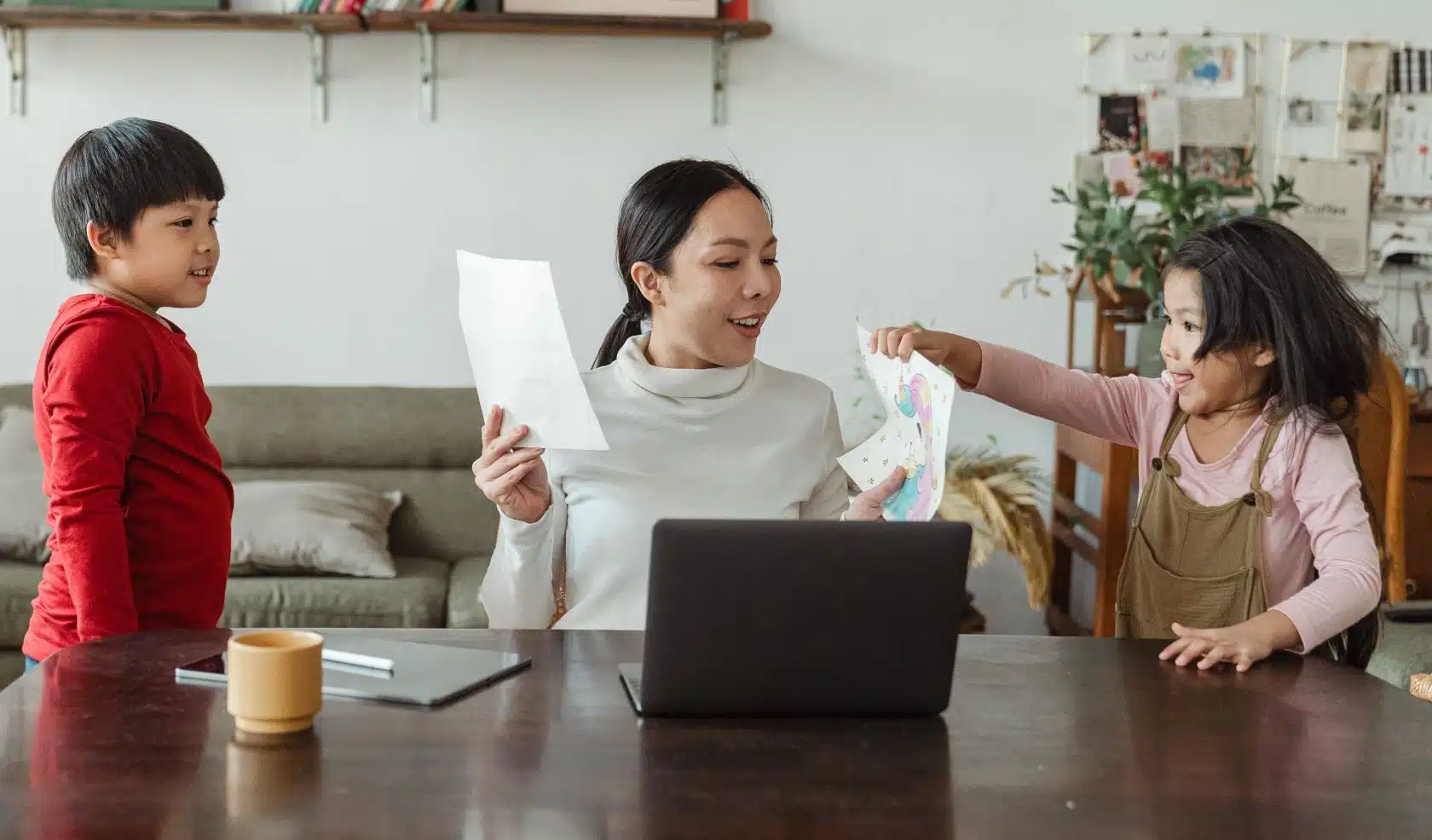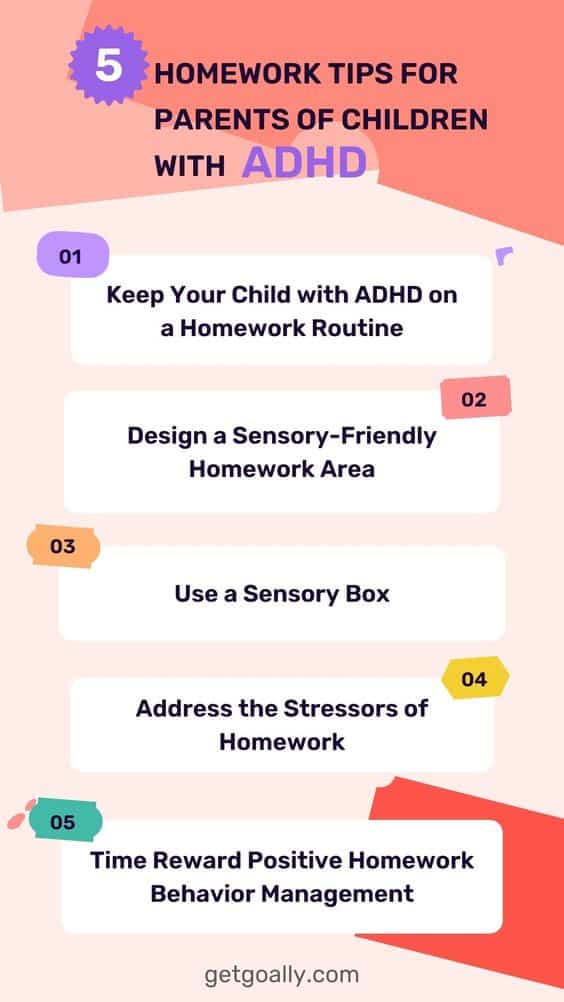Meet Susie, a 4-year-old girl with an autism spectrum disorder. Susie’s parents were concerned about her development and sought guidance from their pediatrician, who referred them to a specialist recommended by the American Academy of Pediatrics (AAP). Here’s how the AAP’s recommendations and resources helped Susie:
- Early intervention: The specialist recommended by the AAP evaluated Susie and identified areas where she needed support. Through early intervention services, Susie began receiving therapy to help her with her communication, social skills, and behavior.
- Parent education: Susie’s parents received guidance and resources from the AAP on supporting her development and managing her behavior. They learned strategies to encourage communication, promote positive behavior, and support sensory needs.
- Access to healthcare: The AAP’s advocacy for healthcare access ensured that Susie was able to receive the services and support she needed. Her parents were able to navigate the healthcare system and access resources that were covered by their insurance.
- Ongoing support: The AAP’s recommendations for ongoing evaluation and support ensured that Susie continued to receive the services she needed as she grew and developed. Her parents could stay informed about her progress and make informed decisions about her care.
In conclusion, the American Academy of Pediatrics (AAP) is a professional association that promotes children’s health and well-being through research, guidelines and recommendations, advocacy, and education. Their resources can provide valuable support for families and healthcare professionals caring for children with special needs. Goally, a tablet-based tool that offers fun apps for kids to build life and language skills, can be a helpful supplement to the AAP’s resources for children with conditions such as autism spectrum disorder.














